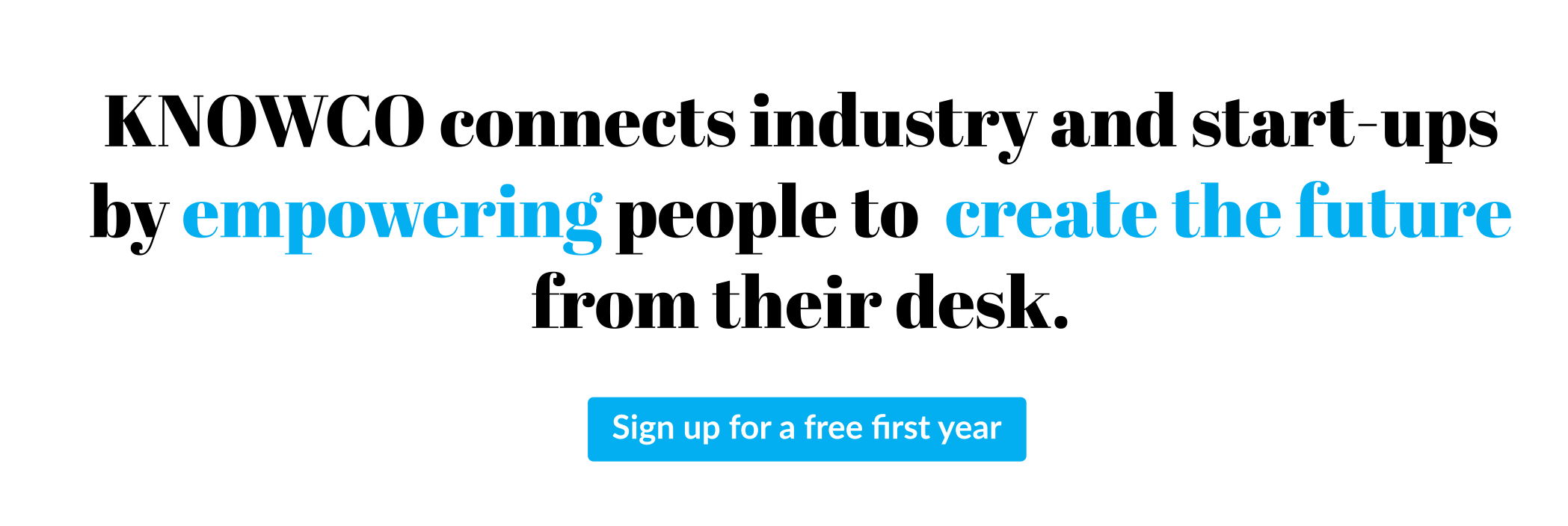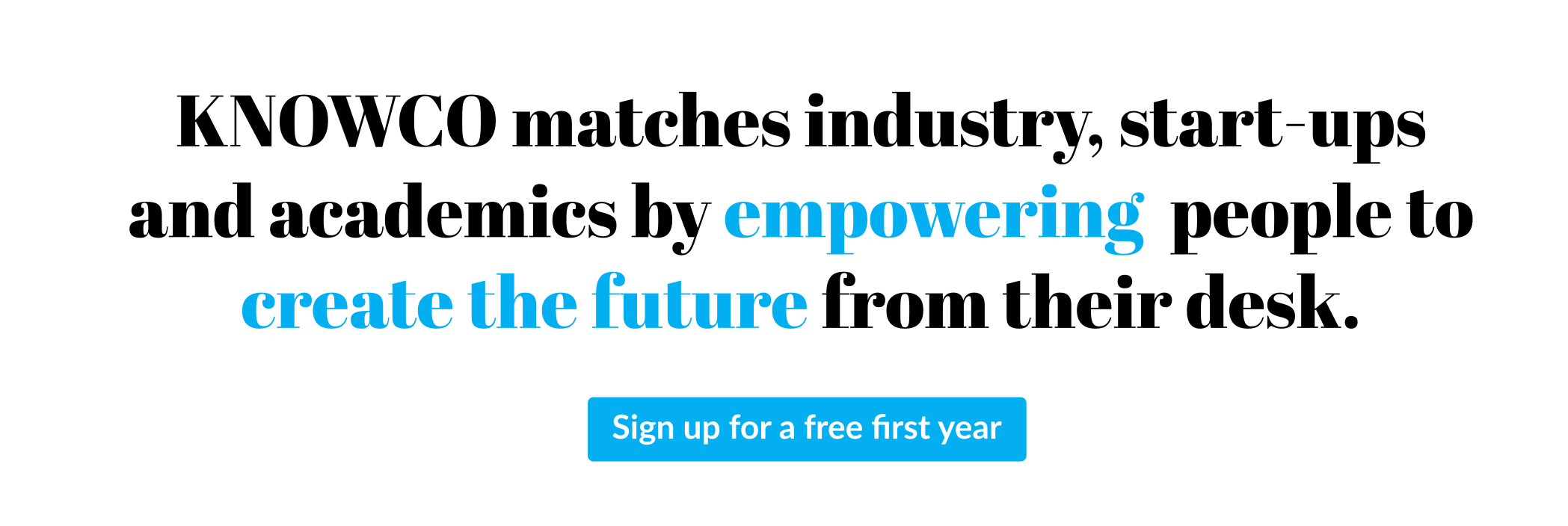Article sponsored by Claro Partners.
Let’s paint some broad strokes: a startup throws mud at the wall and see’s what sticks, with a 0.2% success rate or less. A corporation makes more planned, but slower, moves and hits around a 12.5% success rate according to a recent HBR article.
As large companies jump on the startup innovation bandwagon, the danger is that these collaborations represent the worst of both worlds: throwing mud at the wall, slowly and expensively.
As corporations reinvent their innovation processes, they have lots to learn from startups but must realise that lean startup wasn’t designed for their context. They have different goals (serve a mass market, rather than a niche), different risks (a reputable brand, rather than the flexibility to start over), different constraints (legal regulatory, ownership) and of course, an ‘unfair advantage’ of resources to put to use – none of which is suited to lean startup. This institutional nature, which makes decision making slow and risk aversion high, busts the idea of lean.
In all the enthusiasm for the startup ecosystem, we need to re-address how corporations are using this for their own innovation. As the last few years have seen inadequate responses from different types of accelerators (an outside entity to the corporate) and incubators or innovation labs (being owned by the corporate), we are re-entering testing mode with corporate innovation once again. Now’s the time to create an optimal new approach.
Lean startup doesn’t stand up on its own
As with each in-vogue wave, there is preaching and swallowing without really understanding what it is, when to use it, and how to really do it rather than just redressing what was being done before. In the application of lean startup, the emphasis has been on ‘BUILD, measure, learn’, and this mantra has been used as justification to start with building on ‘unvalidated hypotheses’ (read: gut-feeling ideas not based on any customer insight in the worst cases, AKA mud). The focus is on ‘get shit done’ and ‘make shit happen’, while customer research and learning are often lost from sight.
When we start with ‘build’, we start with what we already know, and refine from there – but this restricts us to a narrow set of opportunities, that are not thought through. It’s the reason there are thousands of ‘startups that help startups start-up’ – they solve the problems in front of their nose. It’s the reason CES is filled with drones, robots and wearable devices which are fascinating but have no indication of what real problem they are solving. It’s compounded by the view that developers and entrepreneurs think in a certain way, and incorrectly assume that their users will think and feel like them.
We find immersive research is the best way to uncover non-obvious, highly important customer needs. One of the classic lean startup fables is Airbnb’s experiment to hire professional photographers to shoot each listing, resulting in a 2-3X increase in bookings – but where did this hypothesis come from? Back when Airbnb was all air-mattresses and Obama-branded cereal, their cofounders travelled to New York City, met every single host, lived with them, and wrote their first reviews. Their ‘aha’ moment was seeing the mismatch of grainy photos compared to the real home; this insight gave life to what was, on paper, a mad experiment to run. As a human-centered designer, Brian Chesky lives this philosophy up to today (with guests on his couch every night). It’s this customer immersion that informs the lean experiments that have made Airbnb so different, and successful.
Lean startup experimentation is a hugely important way of working for corporations, predicated upon an important caveat: they have to be anchored in insights.
Of course, lean startup on its own works out just fine on an ecosystem level. As long as you have thousands and thousands of startups throwing mud at the wall cheaply, 1% of them will stumble or pivot their way into a non-obvious, important solution. But when you isolate that effect to one company, blindly testing hypotheses is not efficient. For a corporation, throwing out new propositions in the dark is a very expensive way to innovate. Darwinism doesn’t work for their creationism. For a lean startup to be effective at corporate scale, it needs a foundation in customer insight.
Beyond the echo chamber, the need to get out of the bubble
If a startup does do customer research, with limited resources, this insight is often too fragile. Taking stock of this fragility can take a while. First, you interview friends and family, or perhaps a wider but limited universe in your immediate ecosystem, and everyone (who is just like you) congratulates your great idea. The investors love the idea because they’re in the same bubble too. The first sales look good because they’re done in the same way – you start by selling to the people you know, and the people they know.
Indeed, it can take a while for someone to realise how fragile this process is. We are now seeing signs this fragility is being recognised. More than a fair share of initial fintech startups failed to reach escape velocity for example. Many smart home applications are built for tech enthusiasts but don’t solve a real need at scale. Grounding and grounded customer insights are crucial and required. We need to not just ‘get out of the building’, we need to get out of the bubble.
Misplaced confidence
The way the startup ecosystem is innovating has made it very difficult to design a corporate-startup collaboration optimised for success. In one’s echo chamber, it’s hard to tell if a startup is a “success” that one wants to collaborate with, and if that “success” is a false positive or a false negative.
Corporations (particularly banks) are scrutinising the agility of the startup world with envy, and want to mash startups into their business units to overcome their inertia. Under pressure unit heads in need of a hero can snag the latest fintech poster child, while said poster child is confident of its impending success based on the validation derived from the trust its investors have thrust onto it.
Startups approach the challenge without enough context – but instead of building context via insight, they jump right into lean development – one of their raison d’etre. They believe, as a startup, their job is to build at pace. While that might be okay in a startup ecosystem, it is an expensive and risky approach for a company with an existing customer base, history and brand.
The case for insight-driven venture creation
Corporations can take advantage of the huge advances in lean innovation, without innovating ‘like a startup’. To build a new process for tomorrow’s innovation, we must consider how the whole innovation value chain is being reinvented.
With the realisation that traditional internal innovation is not enough, and that external innovation is plentiful but unruly and difficult to digest, corporates are creating an “interface” to better interact with the external world, bringing it to their internal universe. This new innovation interface model is being built via a combination of a corporate venture capital arm, an incubator or innovation lab arm and/or a dedicated innovation group. In order to maximise success, this new innovation “interface” combining various functions needs a new process.
Based on many years of experience building products and services with corporates and startups from across industries, we believe this new process will marry the best of lean startup thinking with the best of customer insights to produce a different kind of venture building framework. Building Products and services need to start from insights. We need to get out of the bubble. We need to build in agile, mixed-teams with the subject matter and industry experts. We need to hardcode customer-centricity into the innovation and venture building teams from the start.
Claro approach
In other words, a new innovation approach without the right venture design process or the right venture design process without the right innovation framework may be at risk of delivering sub-par results.
Claro recently faced a real-life example where insight-driven venture creation produced tangible results in one week and allowed to identify flaws in early design, recalibrate the product vision and enabled both a reset of the vision and a new development path. Within a short period of time, a compelling new prototype was shipped, saving months of “lean” development work which would have occurred off of a shaky base.
Ironically, Claro’s method was equally challenged and praised at the same time when the CEO of the startup stopped us all in the middle of prototyping and exclaimed ‘Guys, we should stop building our startup and start an app studio! Right now we are working better than most!’. Well, it’s nice to have a plan B. But first, let’s put down the mud, and start building better ventures together.
Co-authored by Aldo de Jong and Harry Wilson from Claro Partners and Pascal Bouvier, fintech venture capital investor. Article published before on 18th January 2017 at claropartners.com.
Photo by Kevin Grieve on Unsplash.


